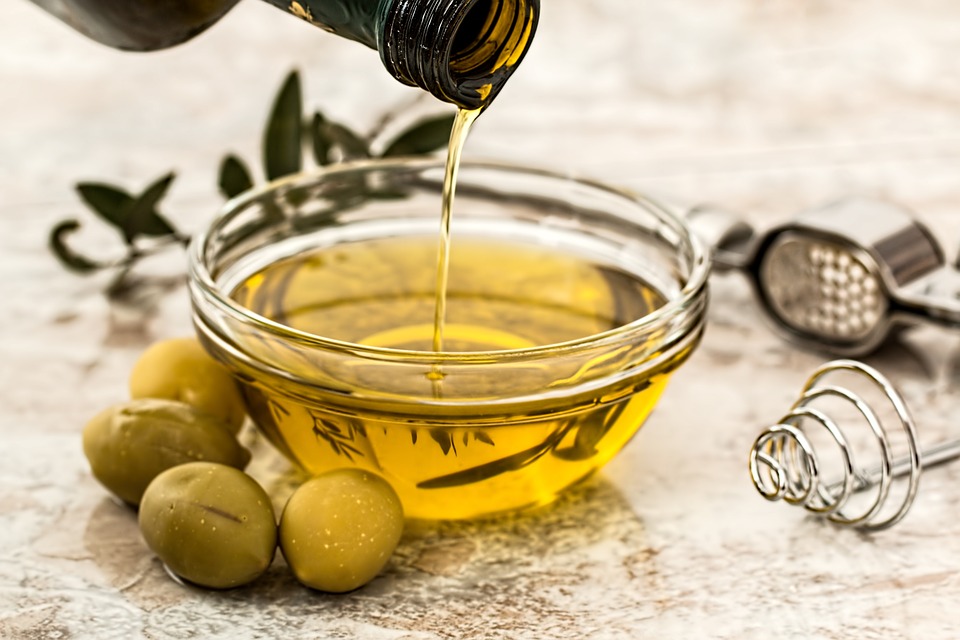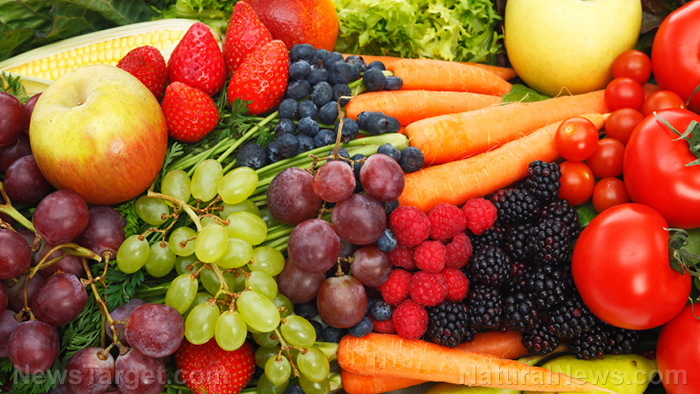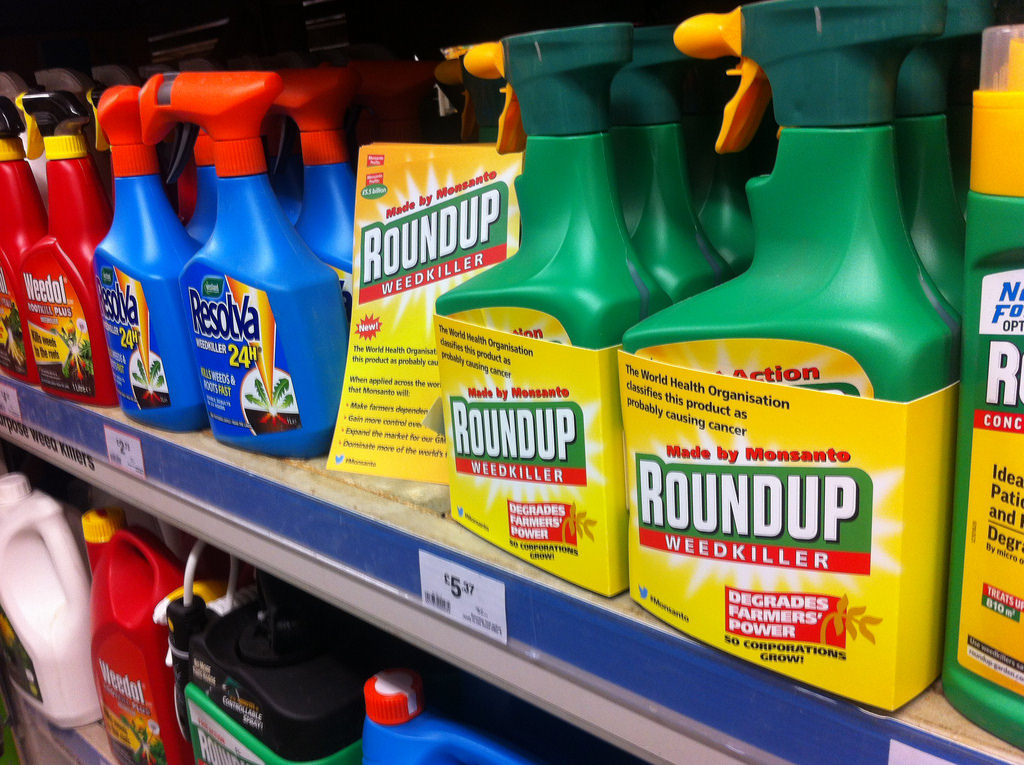Inhibiting enzymatic function in Listeria bacteria found to weaken its antibiotic resistance
04/09/2018 / By Michelle Simmons

Researchers from North Carolina State University discovered new compounds that may weaken the ability of Listeria bacteria to induce illness, as well as its antibiotic resistance.
Listeria is bacteria that can cause serious food poisoning and even death, particularly in young individuals, the elderly, and people with a weakened immune system. They are most often found in soil. People come in contact with the bacteria through contaminated meat or milk products.
The researchers of the study knew beforehand that suppressing a particular enzyme of Listeria known as glucose-1-phosphate uridylyltransferase (GalU) resulted in extreme alterations of the bacterial cell surface. In turn, these chemical alterations weakened the Listeria in terms of causing disease. After that, they focused on how to determine potential compounds that could prevent the function of GalU. In order to do this, they used computers and cheminformatics methods for characterizing, evaluating, and virtually screening over 88,000 compounds that could potentially suppress GalU.
The findings of the study, which were published in the journal Molecular Informatics, showed that the computer models discovered 37 compounds that could be tested in vitro. Three out of the 37 compounds were found to be effective enough to warrant further study.
“We can derive several predictive structure-activity relationships based on those 37 compounds and these relationships will help us design even more effective GalU inhibiting compounds,” explained Denis Fourches, an assistant professor of computational chemistry and one of the researchers of the study.
In future research, the researchers also intend to use computers to virtually create thousands of new analogs, virtually screen them and pick a different batch of up to 50 molecules.
“Ultimately, we believe if the GalU inhibitor is effective enough, the host (human or animal) should be able to eliminate the listerial population without antibiotics. For farmers working toward antibiotic-free farms, this could be a wonderful solution,” said Paul Orndorff, professor emeritus of microbiology.
The findings of the study indicated that small molecules can be developed to stop the activity of one certain bacterial enzyme, which can lead to weaker disease-causing bacteria.
Listeriosis, the infection caused by Listeria
Listeriosis is a severe infection caused by eating food contaminated with Listeria bacteria. The bacteria can survive and grow at low temperatures and can be killed at high temperatures. In the U.S., approximately 1,600 people get infected by Listeria every year, and around 260 dies, according to the Centers for Disease Control and Prevention (CDC).
The symptoms of listeriosis vary but may include fever and chills, headache, stiff neck and sensitivity to light, confusion and drowsiness, muscle aches and pains, nausea, and diarrhea. These symptoms typically occur about three weeks after eating contaminated food, but the interval can differ between a few days and two months.
The infection can be treated with antibiotics, but prevention is best. You can reduce the risk of listeriosis by avoiding high-risk foods and preparing and storing food safely. High-risk foods include paté, cold ready-to-eat chicken, manufactured ready-to-eat meats, including polony, ham, and salami, soft cheeses, including brie, camembert, feta, and ricotta, pre-packed, pre-prepared or self-serve fruit or vegetable salads, freshly squeezed fruit and vegetable juices, ready-to-eat cold, smoked or raw seafood, such as smoked salmon, oysters, sashimi, cooked prawns, and sushi, soft serve ice cream and thick shakes, tofu, tempeh, unpasteurized milk, and unpasteurized milk products. (Related: Listeria does not grow on cantaloupes: Why the ‘deadliest food outbreak’ of the decade is yet another food scare campaign)
Be sure to regularly wash your hands with soap and water, wash fruit and vegetables before eating them, separate raw food from cooked and ready-to-eat food, cook foods thoroughly, and keep foods chilled.
Read more news stories and studies on scientific discoveries by going to Discoveries.news.
Sources include:
Tagged Under: bacteria, food, food contamination, GalU, illness, infection, listeria, listeriosis, virulence




















